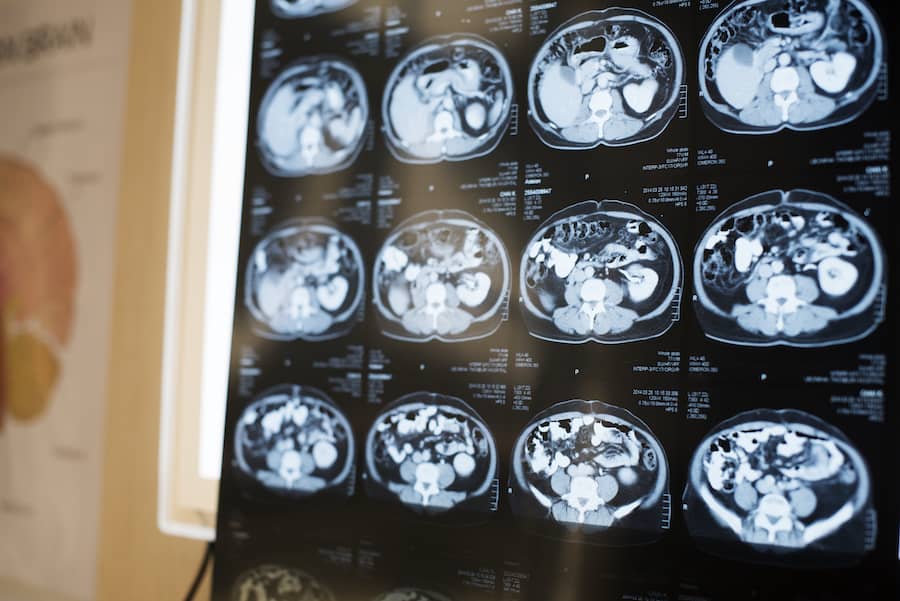
Clinical recordings captured from intracranial subdural and depth electrodes (electrocorticography [ECoG])) are important tools in accurately defining areas of epileptic and functional cortex. Surgically resecting epileptogenic tissue relies on accurately defining these areas and offers patients the best chance of seizure freedom. In addition, because these intracranial electrodes are typically kept in place for 1 to 2 weeks, during which time patients are awake and capable of performing complex cognitive tasks, there is a distinct opportunity to collect important neurophysiologic data and to explore how those data correlate with a variety of cognitive functions.
The focus of our work has been to investigate neuronal signals captured by these recordings to gain insight into the neural mechanisms that underlie memory formation and recall. We are interested in mapping the distributed patterns of activity that occur across the brain when you store an item in memory. Using computational approaches, we can begin to understand where and when such activity changes, and we can map those spatiotemporal changes in activity with high precision. We are also interested in understanding how these patterns of activity reactivate when you remember an item, and how connections between different areas of the brain coordinate these changes across several regions. Because of your ability to pay attention plays a large role in whether you remember something, we are also interested in how attention changes these patterns of activity. Finally, using microelectrodes to capture the activity of individual neurons, we are investigating how the activity of individual neurons relates to the changes we observe in these neuronal signals during memory encoding and recall.

